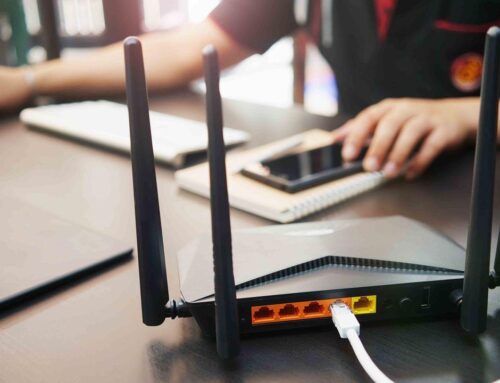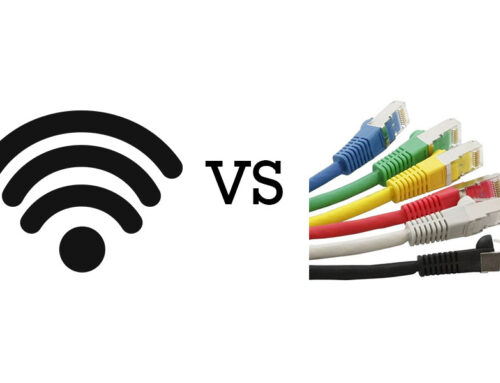 As we edge closer to the middle of 2020, many businesses are taking time to assess the strength, efficiency and security of their Wi-Fi networks. With companies becoming more reliant on wireless technology, staying on top of the latest trends helps to create and maintain a flawless system that operates with speed and minimal disruptions, improving operations and reducing downtime. With Wi-Fi networks providing access to business communications, data storage and analytics, here are the top three management trends you should be looking at to give your company the best chance for success in 2020.
As we edge closer to the middle of 2020, many businesses are taking time to assess the strength, efficiency and security of their Wi-Fi networks. With companies becoming more reliant on wireless technology, staying on top of the latest trends helps to create and maintain a flawless system that operates with speed and minimal disruptions, improving operations and reducing downtime. With Wi-Fi networks providing access to business communications, data storage and analytics, here are the top three management trends you should be looking at to give your company the best chance for success in 2020.
1. 5G Technology and Wi-Fi 6
The roll-out of 5G technology promises faster connections, higher capacity for data transmission, greater support for interactive media and HD-quality streaming for videos. This increase in speed and capacity gives your business an edge by reducing quality issues for company transmissions and allowing a significantly higher rate of data transfer. To take full advantage of all 5G has to offer, companies should look into implementing Wi-Fi 6, allowing them to increase download speeds up to three times faster and providing those speeds to more devices than was possible with Wi-Fi 5. With the increasing need for high-quality data transfer over your Wi-Fi network, you may find that an upgrade is exactly what you need to improve your company’s wireless capabilities and user experience.
 2. Edge Computing
2. Edge Computing
To further reduce the load on your Wi-Fi network, edge computing offers a real solution to the latency issues often found when storing and accessing company data. Data centers and the cloud have been the go-to for many businesses with the need to store large volumes of data, but increased data from IoT devices and the analysis of this data would require heavy transfers that could bog down your Wi-Fi system. As more companies incorporate a greater number of IoT devices, edge computing allows the information gathered from these devices to be processed through special hardware or services, filtering through to only allow the relevant data to be transferred to the cloud or data center. The reduction in bandwidth saves the company money and ensures your data is handled more efficiently.
3. Wireless Software-defined WAN
The availability of 4G LTE and 5G makes software-defined WAN (SD WAN) an appealing option for many businesses. Using SD WAN, companies have the ability to develop a single network infrastructure to manage several types of connections, including wireless LTE, multiprotocol label switching (MPLS) and broadband. Connectivity is routed through the cloud, allowing companies to eliminate the need for expensive routing hardware. SD WAN can also reduce or eliminate the need for costly private MPLS connections, increase flexibility to scale up or down with your company’s needs and improve connectivity between the cloud and business sites.
Your company’s Wi-Fi network is the lifeline of your business, facilitating connections between staff and communications with clients. Staying on top of the latest management trends helps to ensure your Wi-Fi network is an asset rather than a liability.



